Club and Hand Alignment
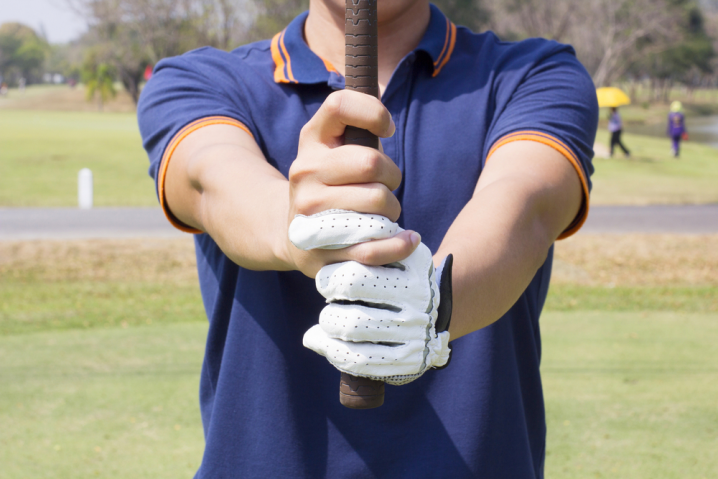
This is one thing that you should always keep in mind. It’s the most important aspect of your golf grips. Once this starts to slip, everything else will fall like a stack of dominoes. When gripping the club correctly, your left hand should be at the end of the club, your wrist will remain over the grind and your arms will point straight.
You will have no sticking-out elbows. If you get this wrong, then you’ll end up with poor performance. Get into the habit of continually checking to make sure that you are lined up as you should be; a perfect alignment can easily slip once you stop paying attention, even just for a few seconds.
Maintain Correct Pressure
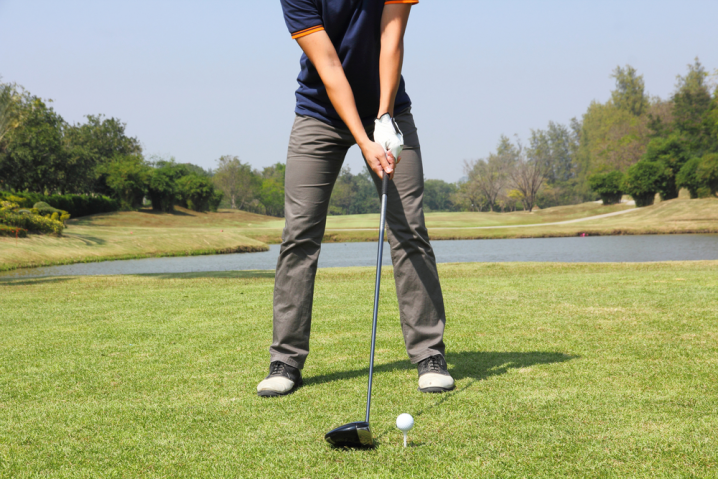
If you grip the club too hard, you can end up hitting the ball with the heel of your golf club, causing it to fly out of control. This can easily happen because it’s natural for we humans to go tense as we move towards a target that we intend to attack: from an evolutionary standpoint, this works in our favor if we’re planning to fight an enemy to the death with our bare hands.
For golf, it’s not quite so helpful, but the idea that we need to focus all our concentration on hitting the ball makes us even more likely to go tense. It’s human instinct: our brains think it’s a great way to maintain control. It will take a great deal of practice to resist the natural, instinctive urge to tense up. Pay attention to your forearms. If you feel them going tense and taut when you take a shot, then you know you’re holding the club too tightly.
3. Keep Your Hands Matched Up
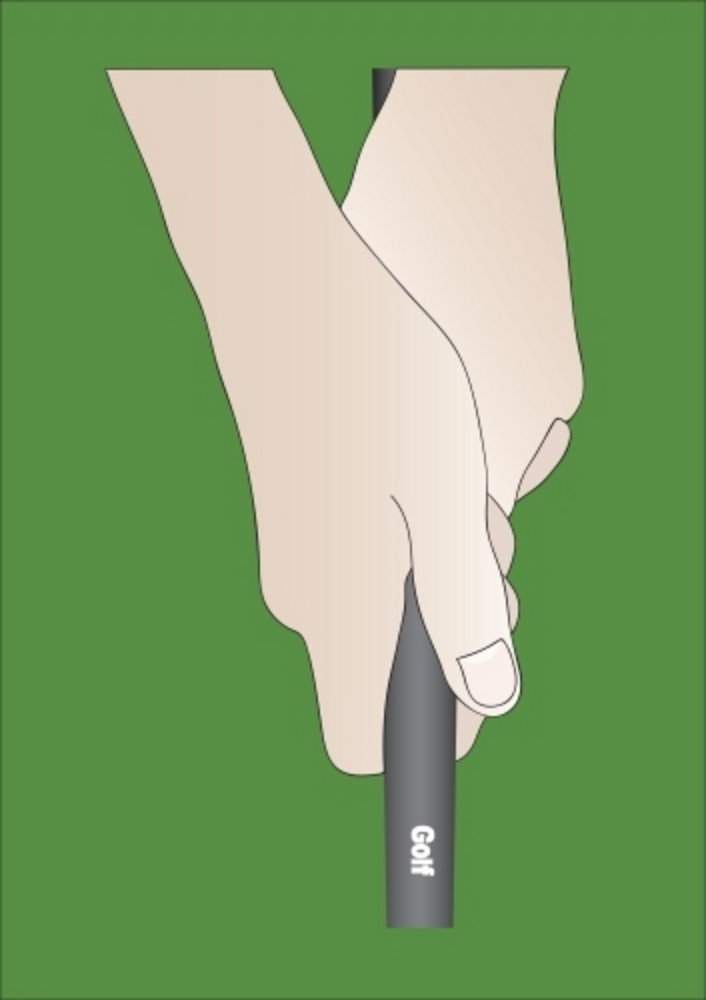
Whether you aim to play from a strong or a weak left-hand position you need to make sure that your right-hand remains positioned with the same strength as the left. One hand should never be allowed to weaken or strengthen more than the other: Both hands need to work in unison. If your hands don’t face in towards each other than your left and right arm won’t match and you may overbalance or tilt to one side, resulting in horrendous loss of control.
4. Keep Your Hands Flexible
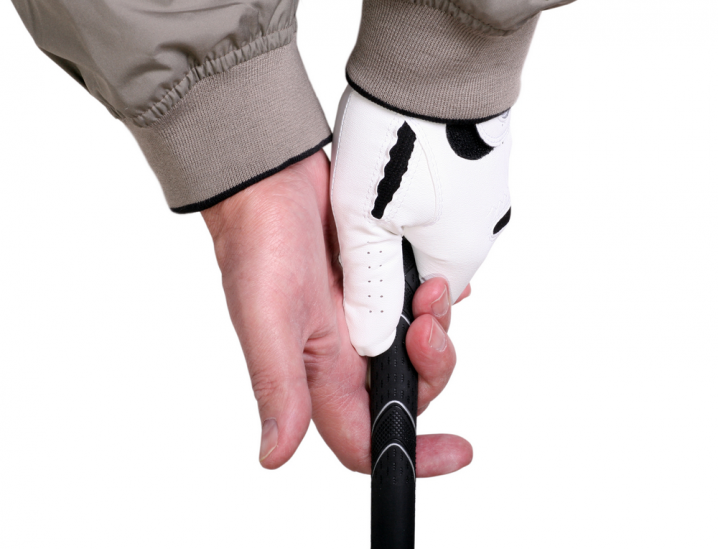
You need your wrists and hands to be able to move freely when you take a swing. They will not be able to do that if your grip is too tight, but the placement of the club between your hands presents an important factor. It’s essential that you place the club along your fingers and not in the palm of your hand.
The type of brute force grip that you’d get from holding the club clutched in your palms would be suitable if you were trying to beat a piñata, but it’s no good for hitting a golf ball; you’ll lose control right away. When you have the club settled along your fingers you’ll be able to release through the hitting area and deliver a fast, powerful impact. Get used to regularly checking that your hands are gripping the club correctly and adjust yourself whenever you notice that you’re starting to slip.
5. Set The Club Head First
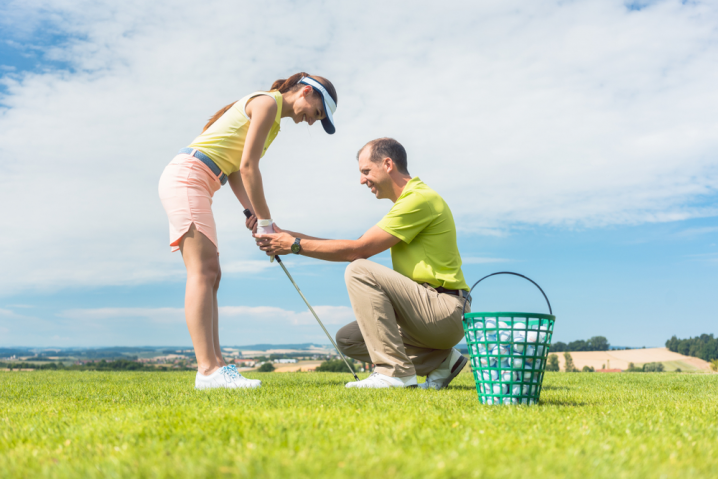
Think about it this way: what’s the point in obtaining a grip first and then trying to adjust it after you take aim? You’ll end up shifting your position and having to compensate, resulting in a less controlled swing. On the other hand, if you take aim first, focus on your target and position the head accordingly, then take your stance and obtain your grip whilst simultaneously keeping the headset behind the ball in exactly the spot where you want it to stay, you’ll be able to make a better strike.
If you obtain your grip before you set the club head then you may end up needing to adjust your grip and take aim again, and again… and again. By the time you get around to hitting the ball, your patience will have worn thin and your concentration won’t be as sharp.
6. Choose The Right Golf Grip For You
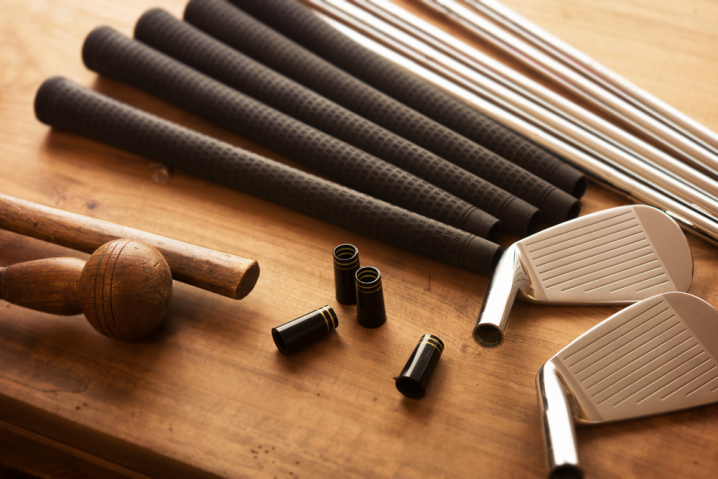
Everyone’s different. Standard grips don’t suit everybody. If your grips are too big then you’ll struggle to release properly and end up making a block, push or slice. If your grips are too small then your hands are going to be all over the place, which means an inconsistent swing, too much shot dispersion, and a danger that you will release the club far too fast.
The bigger your hands are, the bigger your grip should be: male players will typically need a larger grip while most women will require one to be smaller, and children smaller again. But don’t select your grip based on age and sex alone: evaluate your needs and if in doubt, speak to a pro golfer or try out different sizes to see which works best for you.
7. Maintain Your Equipment
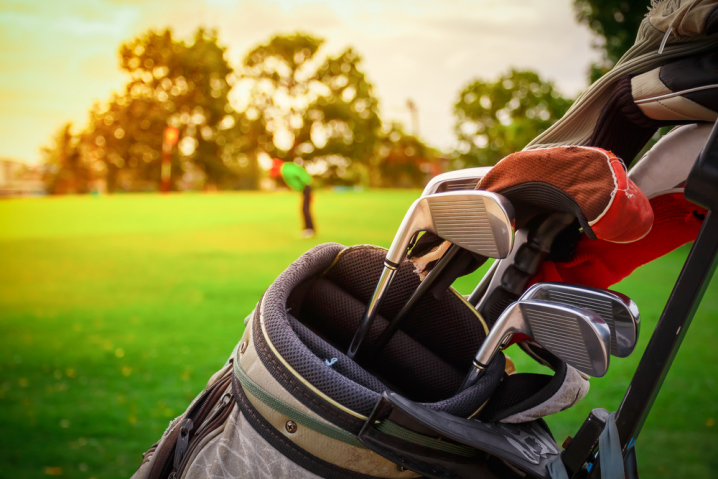
You can have the best technique in the world, but if your equipment has been battered by heavy use then it is not going to serve you. Damaged or overused grips will become slippery or uncomfortable and won’t allow you to deliver. In addition to the battering any object takes when hitting another object, the sweat and oils in your hands will also rub off on the grips.
Clean them after every game to extend their lifespan, and when they are starting to wear down, replace them. Take good care of your equipment, put it away when you’ve finished with it and check it over when you take it out to make sure there’s no damage or deterioration. Don’t wait for your grips to fall to pieces before you replace them. If there’s damage, nip it in the bud and just replace the part.
8. Practice and Try New Techniques
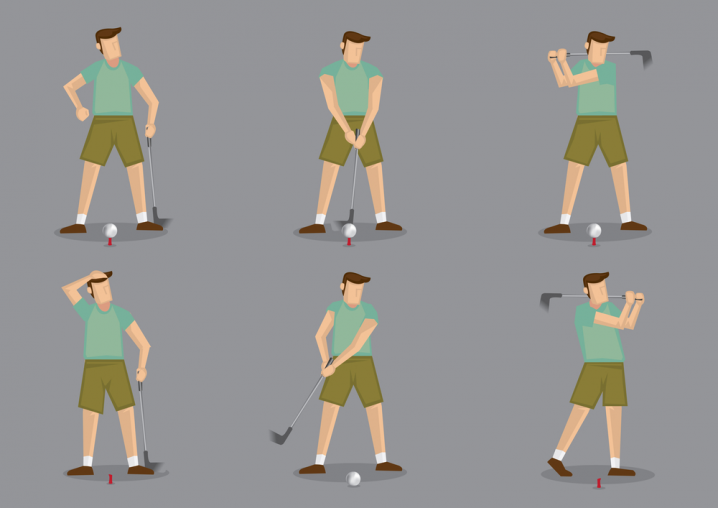
It’s no good learning the perfect grip if you’re not going to practice at it. Experience and muscle memory make up at least half the battle. The more you practice, the stronger and more confident your grip will become. Furthermore, beware the danger of getting stuck in same old ways.
Once you’ve gotten comfortable enough with a standard neutral grip that you can do it effortlessly, try some alternative ones. And remember, what works beautifully for one player might not work for you, and vice versa. Don’t be disheartened if something you’ve tried doesn’t work. Everything that doesn’t work just gives you more information about what does, enabling you to hone your technique more and more.



